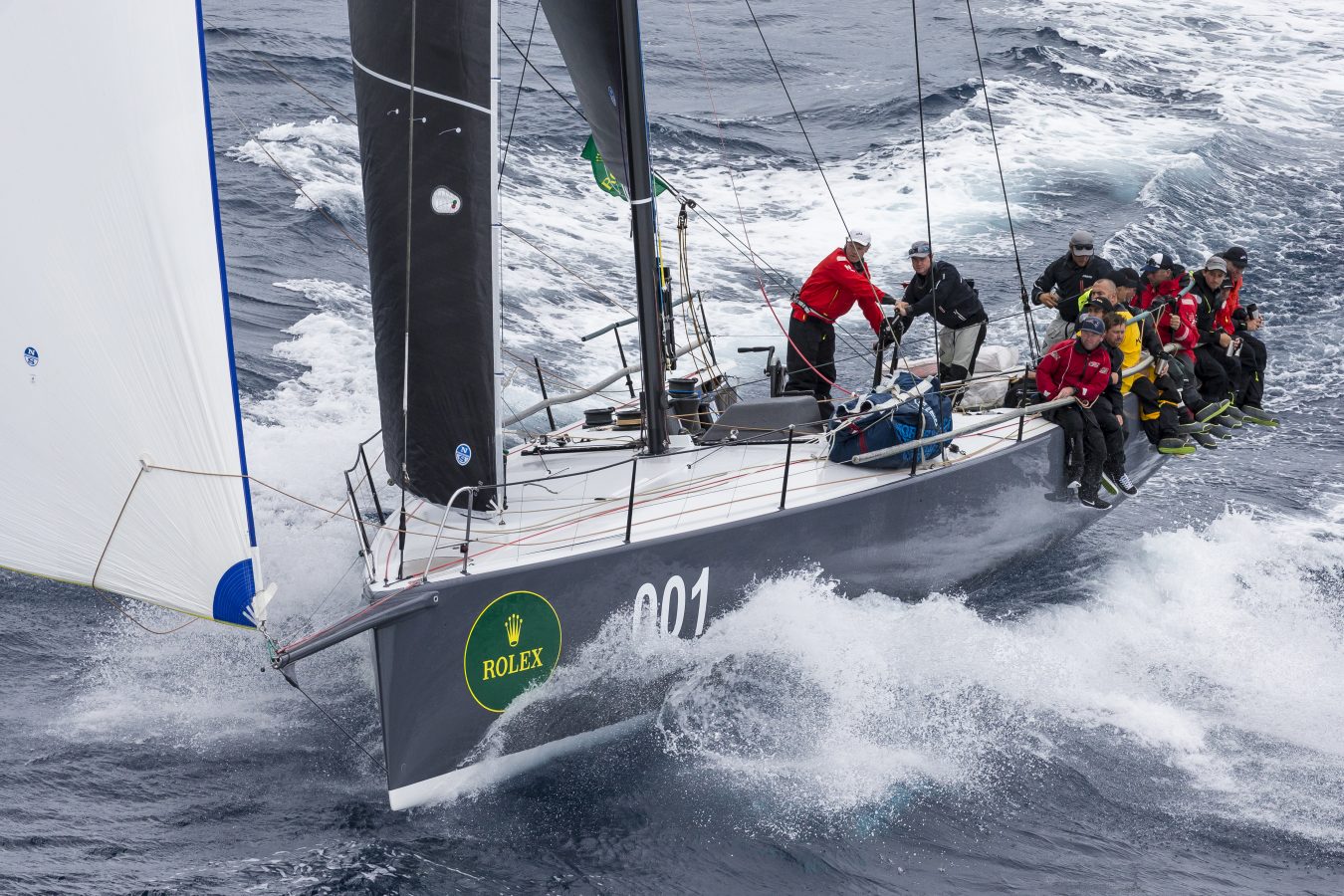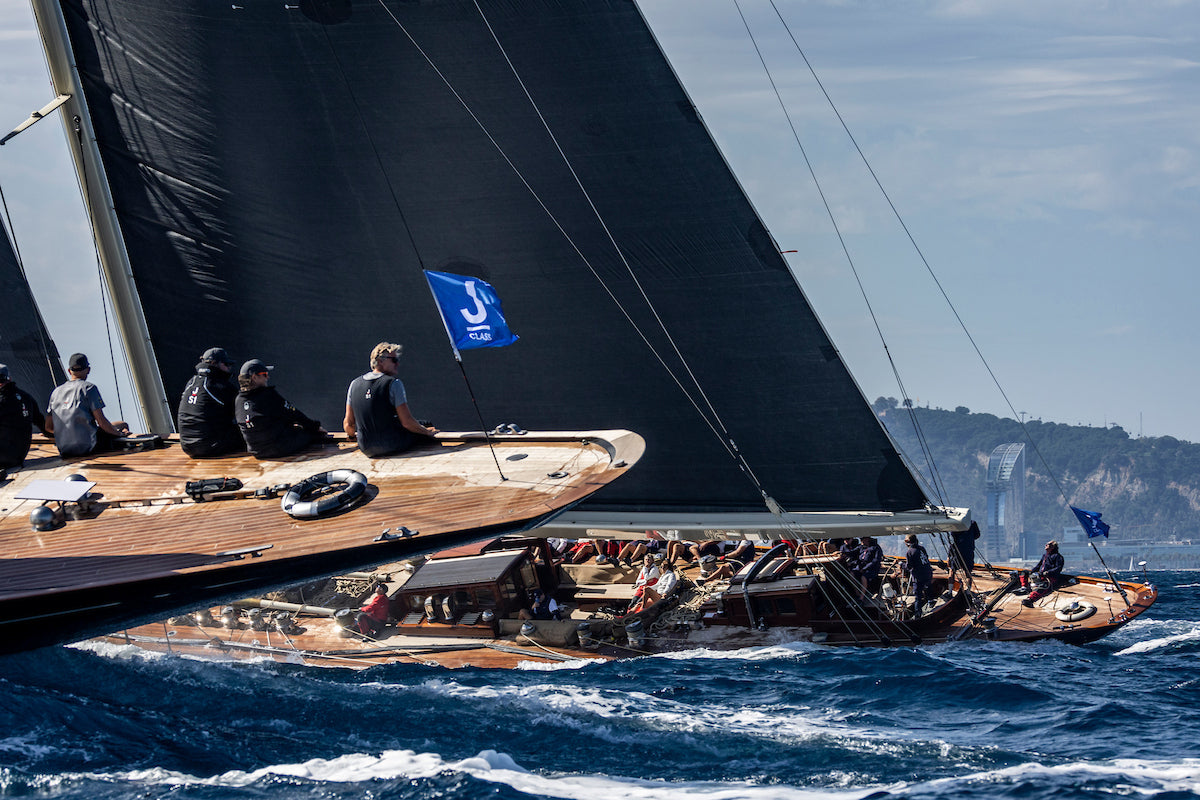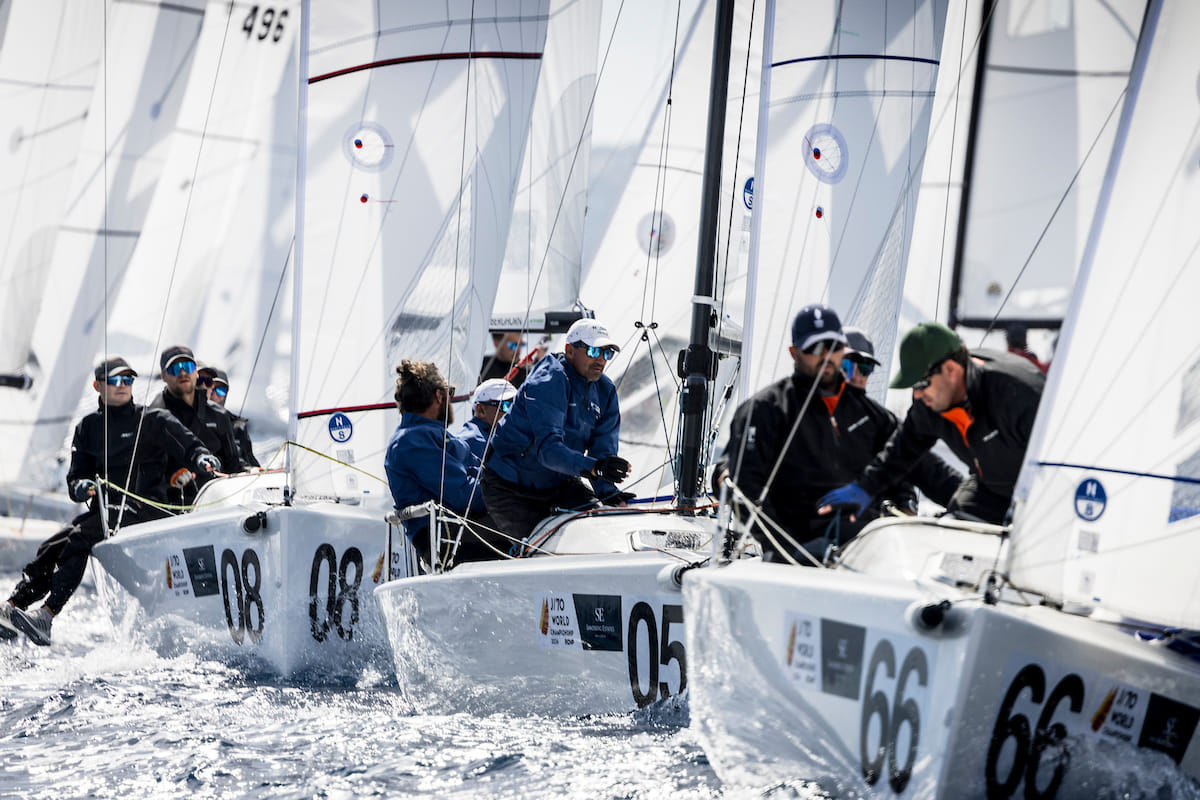ROLEX SYDNEY-HOBART RACE PREVIEW
ROLEX SYDNEY HOBART PREVIEW
Rob Greenhalgh’s Outlook On Final Race Preparations

World-renowned sailor Rob Greenhalgh joined North Sails a few months ago. Even after winning a Volvo Ocean Race and two world championships, the Rolex Sydney to Hobart Yacht Race is a highlight on this Brit’s calendar.
Your reasons for doing this race?
“It is one of those iconic races that you just want to keep coming back to do. There is a great atmosphere but also, no two are the same. You can get such a huge range of conditions and they can be very changeable through the race too. You need to be good at everything to do well and you have to stay focused. I won it a couple years ago on Giacomo. I have also done it on Leopard, the 100 footer, and broke a mast on ABN AMRO back in 2006. The race can be quite gnarly at times because often a front blows through the fleet. The finish is tricky, as you can end up losing, or gaining, massively as you head up to Hobart. It can be incredibly stressful at the end of this mad sprint to be desperately holding on to a lead or be edging up behind someone trying to get one more scalp…”
Who are you sailing with this year?
“I am sailing on Ichi Ban. The pressure is certainly on as the boat was the overall winner last year, so lots to live up to. We also have high expectations. Whilst there is always an element of things you can’t control when you are flying along the coast down to Hobart, preparation plays a big part in victory, and for us that started in September.”
Tell us more about that preparation.
“We have been doing a number of races. Hamilton Race Week, then the CYCA AUDI Bluewater Series, which is a series of offshore races that we used to help tune up the boat for Hobart. We have also been working very closely with the sailmakers and designers at North Sails to get everything optimized for the race, especially as Ichi Ban is a relatively new boat to our team. We have spent a lot of time looking at the boat’s data and performance, learning its strengths and weaknesses and trying to eliminate the weakness where possible. One thing we have been seeing is reaching struts, they have made a big impact on performance and how some of the reaching sails cross over. We’ve done a lot of work on that, figuring out how to get all that going properly.”
Talk us through the sail wardrobe on Ichi Ban.
“The upwind inventory is based around the successful Super Series designs, slightly optimized for an offshore environment with the mainsail having three reef points and the head width slightly reduced.
“The downwind and reaching sails are where the miles are done, and there are some very difficult decisions to make based upon the forecast. Out of eight downwind sails, we are only allowed to carry five. Understanding how our inventory performs in different conditions allows us to make educated decisions on sail choice.”
“We don’t have anything special just for this race. It’s more about maximizing and understanding our inventory so we know what we need to take for the forecasted conditions… and making sure we have all our bases covered.”
How do you make those final sail choices?
“The final weather forecast determines whether you are going to get an absolute gale or not and that does affect sail choice. But what is really important is knowing what your sails can do, so that you can be sure you have the angles and possibilities covered. Reaching sails are obviously a pretty important part of the inventory and we’ve got a couple of reaching sails that do cross over a bit. But you have got to know when they’re good and when they’re not. We are limited to five spinnakers, so we do have to leave some sails behind. That means we’ve got to understand how we can optimize what we have for the conditions we expect.”
What modifications have you made to the boat for the race?
We did a lot of the warm up events with our inshore rig and just recently switched to our offshore mast, because it is capable of dealing with the Sydney-Hobart! It’s (pretty much) bulletproof and we can go hard upwind with it in big breeze. For the mainsail, this will be its third Sydney-Hobart. It’s done plenty of work, but it’s still awesome and we know what it can do for us.
What are the key elements for doing well in a race like this?
“You have to keep the boat going twenty-four hours a day at maximum performance levels if you want to win. Keeping the boat fast all the time – that is where the gains are. It is very easy to go off the boil for a couple of hours during the day or during the night and lose a mile or so. It’s so important that everyone can drive and trim, everyone knows sail crossovers and choices, and there is a good watch system so everyone can be fully dialed in all the time.
“There is also a mental part of this (and any) offshore race. The way I view it is that you have got to win your class first. If you win that, racing against the people who are in the same bit of water as you with the same wind, then fingers crossed everything will align so you can get the overall win. I think we will be one of the handicap favorites, but things can be different on the day. Nobody can take anything for granted on this race. We know we’ll have to work really hard to win but we’ve done a lot of preparation so hopefully it will all come together.”
Any final comments?
“I’m really excited to be part of the Ichi Ban and North Sails team for the first time in this race. It’s amazing to see the build up from the North side as well as working on getting Ichi Ban ready to go. I love the fact that we are going to see so many of our boats and sails out there in this amazing race.
“Happy Sailing and see you all in Hobart!”




























